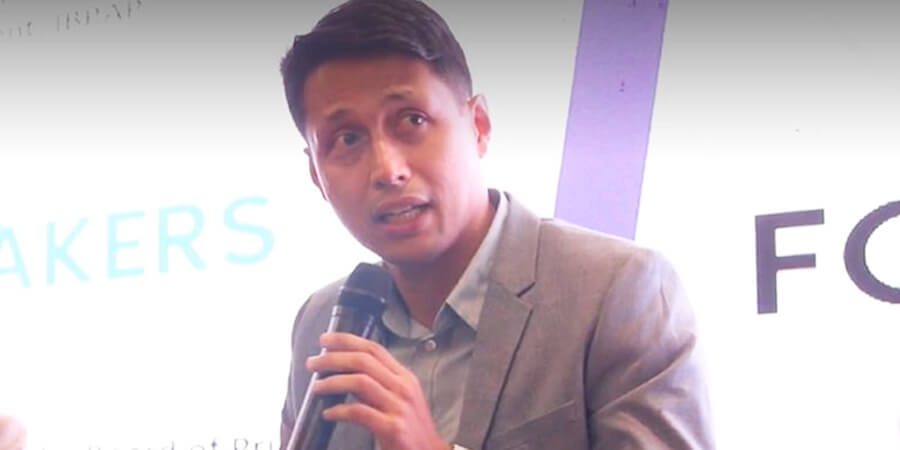PLDT Inc., through its B2B arm PLDT Enterprise, is reinforcing all micro, small and medium enterprises (MSMEs) in their "hyperdigitalization" efforts.
"We can talk about our reliable and resilient networks or how much bandwidth we can offer a business, but when it comes to microbusinesses, we have to be straightforward in our approach. In the end, it's about more than just the connectivity. It's about what is enabled by that connectivity." Euan Toralballa, PLDT Enterprise head for small and micro business, addressed the issue during the panel discussion on digital transformation for MSMEs at the recent GoDigital Pilipinas (GDP) Movement launch held in La Union.
Toralballa also emphasized that while connectivity can provide them with primary digital uses, such as utilizing social media, connectivity is more than that, as it also opens up opportunities to use business solutions and other products.
"For that, connectivity alone is very empowering as it gives MSMEs all these tools that can help them hyperdigitalize their business," he said, adding that aside from bandwidth and connectivity, the PLDT Enterprise also supports all businesses who are seeking more advanced solutions like cloud computing, Artificial Intelligence, the Internet of Things and services like colocation and data centers.
"Given that the microbusinesses are the life force of the economy, connectivity is actually the red thread that binds us all together," Toralballa said.
An initiative of the Digital Infrastructure pillar of the Presidential Private Sector Advisory Council (PSAC), GDP heeds the government's call to discuss the digital divide risk by promoting digital literacy and establishing a sustainable digital ecosystem.
PLDT President and CEO Alfredo S. Panlilio is among the founding members of PSAC under its Digital Infrastructure pillar.
As of the first quarter of 2023, PLDT had expanded its total fiber footprint to over 1.1 million kilometers, consisting of over 231,000 kilometers of international fiber and over 874,000 kilometers of domestic fiber. This fiber infrastructure also supports Smart's 3G, 4G/LTE and 5G network, which covers 97% of the Philippines' population.





